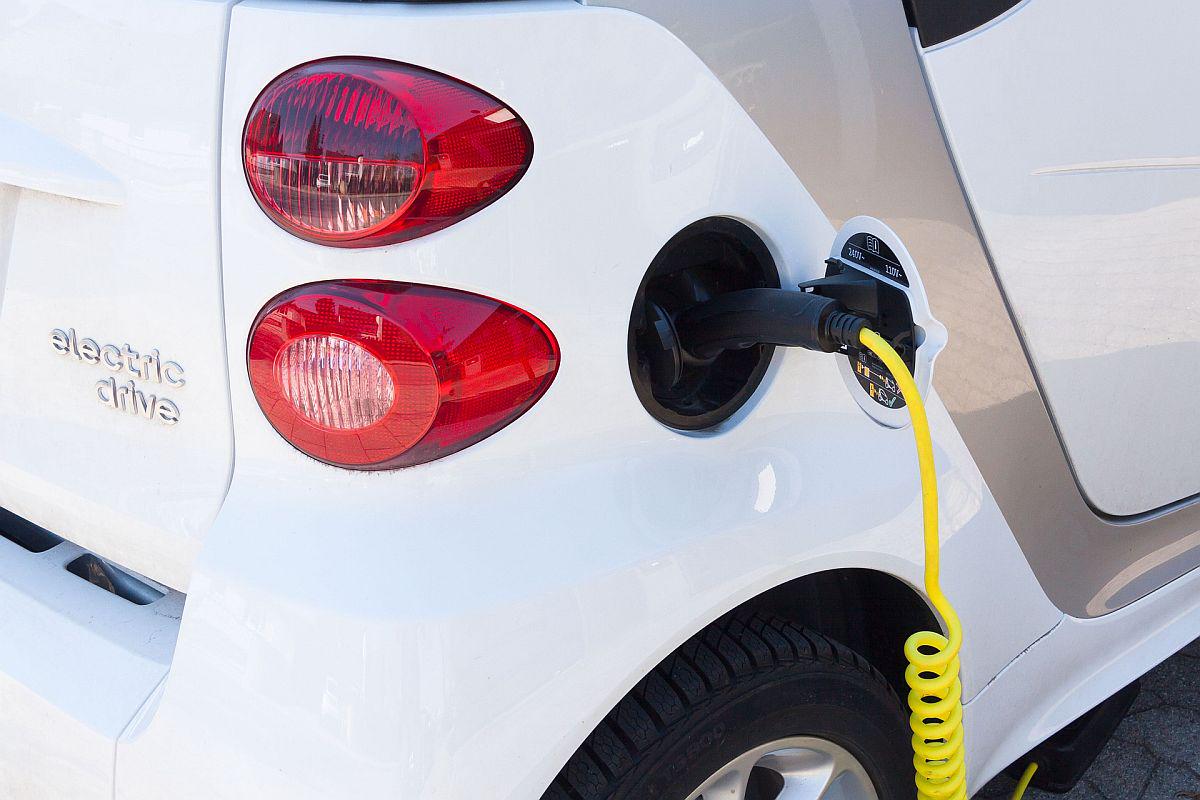
Electrically powered, environmentally friendlier means of transport are undoubtedly on the rise in Slovenia. In the last few years, the country has also made a significant step forward in ensuring suitable infrastructure, according to officials from the Ministry of Infrastructure.
The energy plan for Slovenia, which sets out energy supply targets based on economic, environmental, and social projections, predicts that a sixth of Slovenia's cars will be electric by 2030, while the number is expected to grow to two-thirds by 2050. Currently, Slovenia has about 1200 electric or hybrid cars. For now, the infrastructure network provides good coverage, says Bojan Žlender, the head of the Unit for Sustainable Transport and the Ministry of Infrastructure.
The country currently has 470 charging stations. In addition to the well-covered highway system, almost every town has a slow-charging station, adds Žlender. However, questions remain about the accessibility of these charging stations, as well as their user-friendliness, cautions Ignac Završnik of the Electric Vehicle Association of Slovenia, which has suggested a few improvements.
With increasing numbers of electric cars, these problems will probably get resolved quicker, says Završnik, who adds that the municipalities and the state should do a better job of providing public charging infrastructure to residents of apartment buildings, since 90% of all electric cars are still charged at home.
Jure Čepin, translated by J. B.

































































